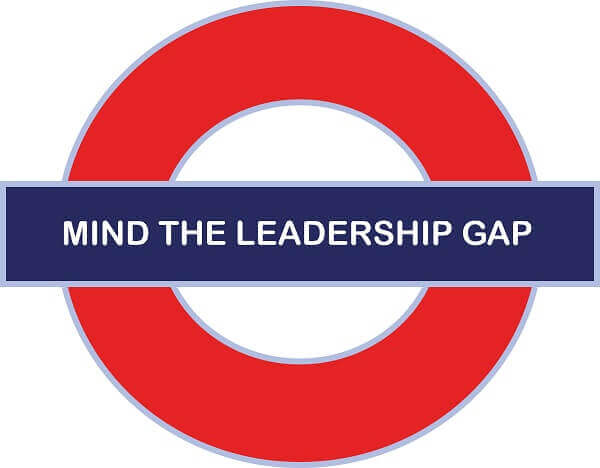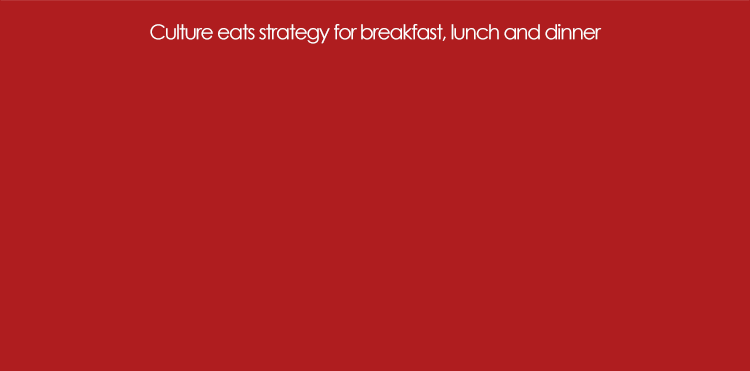Modern management is nearing its existential moment
Some say the traditional organizational hierarchy is soon history and we end up facing with something completely new, a new way of how businesses communicate and create value.
The end of management. Corporate bureaucracy is becoming obsolete
In a Wall Street Journal article, “The End of Management,” Alan Murray makes a compelling argument that “modern management is nearing its existential moment.” He focuses on the last 100 years or so when large organizations developed to organize people and allocate resources for tasks that seemingly could be done much more effectively than individuals contracting with each other.
One of the responsibilities of many, if not most, of the people in these organizations is to increase certainty or predictability with the intention of increasing quality and on time, on budget, performance.
An unintended consequence of those efforts is to make the organizations resistant to change and seemingly even resistant to the dynamics of the market itself.

The rate of change and market disruption accelerates
As the rate of change and market disruption accelerates to the pace we see today with the advent of things like social networking and smart phones, this sets up “a destructive clash between whirlwind change and corporate inertia.“
Murray argues that some of the classic failures of once market-leading companies has not been a result of “’bad management,” but because they follow the dictates of “good” management. They listened closely to their customers. They studied market trends. They allocated capital to the innovations that promised the largest returns. And in the process they missed the disruptive innovations.
Collaborate without hierarchy
Now, with the advent of instant worldwide communication, essentially free information, and the ability of large numbers of people to organize and collaborate without hierarchy, creativity and innovation can move far more rapidly than it can through a traditional organization.
The future with mass collaboration
What the future with mass collaboration will look like, no one knows for sure. But with the “modern” management becoming eventually obsolete, managers should understand the value of such culture that is willing to adapt new ways of working, is using innovatingly technology in business processes and boldness to experiment.
IBM recognized this idea back in 2008 when they released a report titled, “The new collaboration: enabling innovation, changing the work place”. It essentially argued that the old corporate model – encompassing of “exclusivity, hierarchy and solitude” – was no longer competitive in a globally interconnected world.
In the old way of thinking, employees make themselves valuable through what they know. But in the new way, people make themselves valuable by seeking opportunities to work with others and tapping into the expertise that others possess. In the old way, content is owned and protected. In the new way, content is developed through participation; it is fluid, contextual and leveraged to create opportunities through ongoing collaboration. In the old way, directories of people provide static contact information. In the new way, dynamic profiles reflect what people do, with whom and how well they do it.
From hierarchy to collaboration? Will this be the future?
Short URL & Title:
Traditional organizational hierarchy is soon history — https://www.torbenrick.eu/t/r/jci
Share it:
If you enjoyed this article, please take 5 seconds to share it on your social network. Thanks!








Excellent piece! Here is where some understanding of complexity theory and complex adaptive systems becomes useful. I can see how bureaucratic structures held organizations steady in the same way we bolt our houses to the foundations where I live to protect against earthquakes. Now — due to all the factors you and Alan Murray cite — people are instinctively coming up with workarounds to those still-existing structures and creating new organizations that are more networked and process — rather than structure — based. I love to think about the implications of this for all the economic sectors as a whole and for flagship organizations.
Excellent points – yes the change will come (sooner than later). Executives of established companies shall constantly ask themselves, “How would the business run when I am not available for a month?”, “Will there be a knowledge flow across boundaries?”
Ten years ago a car manufacturer in Germany started a new plant, with totally open architecture, inviting a diverse and eager fresh workforce, and enabling an open knowledge flow across boundaries.
In the early beginning till processes have swung into standard and routine, the organization fully switched back to its DNA, which is based on an engineering culture, hierarchy and recognition by achievement.
What can be learned? Change is difficult, even if started on the organization’s edge it needs more to set the spark to get the work done from the hierarchy model to open collaboration.
Organizational inertia shall not be underrated.
Team collaboration has been best practice for years now, with the role of the team leader being to interface between the team and other stakeholders, to ensure that the right abilities and personalities are present, facilitate communication between team members, encourage their bonding, monitor progress, conduct regular reviews, guide discussions, mentor and coach team members and ensure that team members have the right resources available for them to do their tasks at the right time.
Having team members understand the mission and necessary outcomes, be involved in role allocations, the schedule and deliverables and contribute to the ongoing discussion of the results and the best way forward has also been the hallmark of successful teams.
This approach has completely changed the role of managers, and led to a flattening of the management structure in organisations that have adopted it.
If you want a vibrant culture and effective, competitive teams, it’s hard to beat this approach. It also helps to cope with disruptive change.
Autocratic managers from the Atilla the Hun School of Management are inefficient at harnessing the full talents of their workforce, and often have caustic work environments around them. They are dinosaurs, and so will their organisations be if they don’t adopt best practice management principles.
I like this, but I’m always *very* sceptical of articles about the ‘death of’; Deming was confidently predicting the death of command-and-control management in the 1950s, and I’ve been predicting the death of ‘old model’ consultancy since I experienced it – neither is gonna happen. We can talk about ‘zombie companies’ whose business model apparently makes no sense in the world, but the fact is that they work in the market place and work in the world. They have a lot of drawbacks of course – like largely making their people miserable – but they work competitively, and not only because they have built market presence and momentum,
The are two key parts for me in the article – the world ‘traditional’ in the ungrammatical headline ‘Traditional organizational hierarchy is soon history’ and the quote ” He focuses on the last 100 years or so when large organizations developed to organize people and allocate resources for tasks that seemingly could be done much more effectively than individuals contracting with each other.”
The TL:DR version of what I want to say is:
organisations *still* organise people and allocate resources for tasks much more effectively than individuals contracting with each other.
The next step is to say that there’s a large grey area between ‘traditional organisational hierarchy’ and ‘individuals contracting with each other’; it’s a distinction of degree as much as it is one of type. RedQuadrant is right in the grey area, and hence we need to be much clearer and more explicit about our contracts than other organisations do.
The simple point is that:
– individual contracting takes a *lot* of time and carries *huge* risks of misunderstanding
– organisational structure preserves and communicates agreements made in the past; advantage: misunderstanding reduces, the time investment is done once up front and then it’s just maintenance. Disadvantage? You carry ongoing costs of hierarchy and there’s a momentum which makes change harder.
In order for people to work together, they need to know:
– what am I supposed to do?
– what are you supposed to do?
– how will we know if it’s working?
– what will we do if it isn’t?
– how are we going to adapt in future?
Hierarchy is one, well-rehearsed, way to answer these questions. Done properly, it’s an emergent, natural property supporting human potential and organisation.
New ways to answer these questions are emerging – they have benefits and risks, and require a *lot* of effort and definition and a high tolerance for failure and waste – but are in the exciting area of the cutting-edge.
But my version has a much less interesting headline!!
Yes, an interesting article. Personally I agree that control and command structures may be in decline (need to be superseded) because there are more dynamic ways of working. My own experience of helping senior managers meet challenges suggests that we could usefully improve our ability to self-organise. Self-organisation is a characteristic of living systems that we have pushed aside in establishing organisations in the image of the machines of the industrial age, on which they were based – mechanistic control and command hierarchies have worked up to a point but lack the dynamism now needed in a rapidly changing and increasingly complex world.
Self-organisation is a way of working that requires a letting go of our prevailing mindset, which is simply incapable of comprehending it and totally ill suited to bringing it into being. I fear that there will be divisiveness and where some will embrace self-organisation whole-heartedly, others will use power (and weapons) to defend the status quo.
Self-organisation will not be easy because it requires that people give up one way of thinking to allow a transformation to take place. It will undoubtedly be extremely disruptive and many mistakes and setbacks will be experienced, as mentioned by previous contributors. In some fields it may never work. In others hybrids might evolve that combine macro structures with micro self-organising entities. It should be fun!